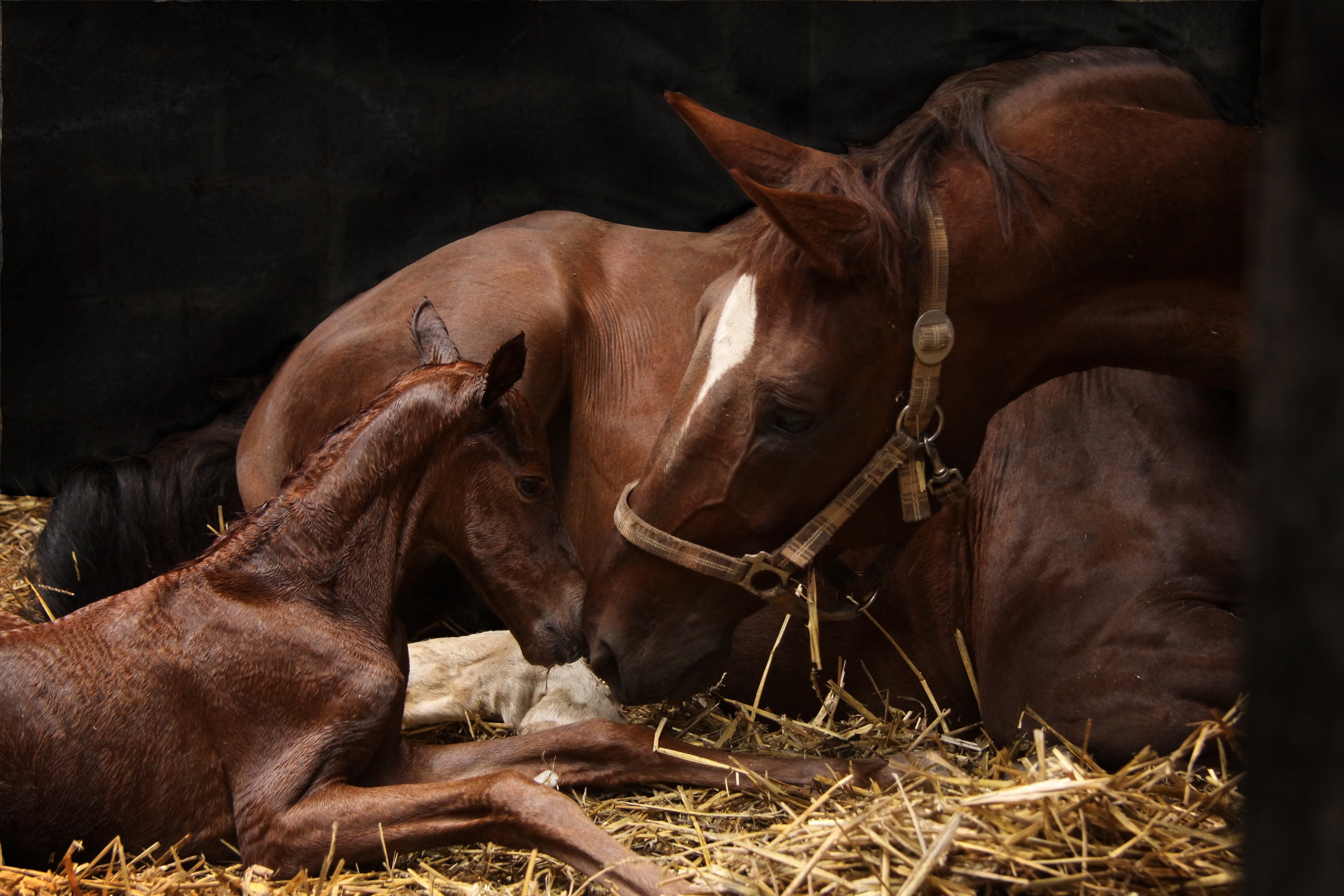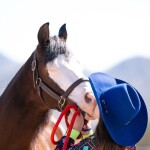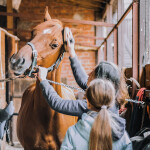Learn how to prepare your mare for breeding season with expert tips on nutrition, reproductive methods, pregnancy care, and foaling. A must-read guide for horse owners this spring.

Warmer weather is here, and with the arrival of spring comes the equine breeding season. Typically, the breeding season lasts roughly from spring to the end of summer, and this approximately coincides with the foaling season. As horse owners around the world breed their mares and welcome new foals, it is the perfect time to explore what goes into creating the next generation of horses.
How to Prepare a Mare for Breeding Season
When an owner decides to breed their mare, there are many steps they can take to increase the likelihood of a successful conception and pregnancy. Maintaining a healthy body condition is very important, as both obesity and malnutrition can greatly affect a mare’s reproductive capabilities. Overweight mares can encounter issues such as decreased fertility, abnormal cycles, and foaling complications while underweight mares can run into problems like slower ovulation rates, premature embryo loss, and possible stuntings of their fetuses due to lack of resources. To ensure that a proper body condition is maintained, horse owners should supply a well-rounded diet of forage and feed, with good-quality forage constituting most of the diet. Supplements may be added to provide other vitamins and minerals, and exercise should be incorporated into the mare’s routine. Some breeders will also use lights in their mare’s stall to simulate the sun, which helps the mare ovulate earlier and at a predictable rate.
Options for Breeding
Once the mare is ready to be bred, there are two main options for breeding: natural cover or artificial insemination. Natural cover, which simply means that the mare and stallion reproduce without AI, comes in several varieties. Hand mating, a technique which involves a handler for both mare and stallion, is widely used, but so is pasture breeding, which involves just turning a stallion free with a herd of mares. Hand mating allows an owner to have an exact conception date while pasture breeding does not; however, pasture breeding poses fewer safety risks to people even though it prevents the owner from knowing if and when a mare was bred. Artificial insemination is becoming an increasingly popular method of equine reproduction, especially in the performance horse world, because it eliminates the risk of the mare and stallion harming each other while breeding and allows for more foals to be conceived. AI can be accomplished with fresh, cooled, or frozen semen, and which one is used often depends on the stallion. Choosing which reproduction method is right for a particular mare comes down to her medical history, age, and any safety concerns her owner may have. Breeding options can also be limited depending on the kind of horse; for example, Thoroughbred foals can only be registered if they are the product of natural cover.
Confirming Pregnancy
Of course, once a mare has been bred, confirming her pregnancy is of utmost importance. Typically, an ultrasound is used to do this, as it can detect the presence of a foal extremely early on. Other methods for confirming a pregnancy include blood testing, hormone testing, and rectal palpation. Follow-up ultrasounds should be scheduled to check on the foal and make sure the pregnancy is ongoing, and the mare’s body condition should be carefully observed to maintain an ideal weight. Exercise should still be a regular part of a pregnant mare’s schedule, and while exercise is definitely recommended to be limited during the final trimester, bred mares can actually exercise fairly normally until they approach the end of their pregnancy. As she carries the foal to term, the mare’s calorie intake should increase to ensure she is receiving enough nutrients, and health-related maintenance like deworming and up-to-date vaccinations should be taken care of well before the foal arrives.
Welcoming Foals
When it comes time for the foal to be born, owners should make sure the mare has a safe, well-kept, and preferably private area to give birth. Horses are prey animals, so their instincts will motivate them to have their babies away from all potential threats, and that may include their owners. Some people place cameras in their mare’s stall to try to watch the birthing process from afar, but ultimately, foaling happens relatively quickly when all goes well, with the actual delivery of the foal taking around half an hour. Once the foal is born, it should be able to stand within the first hour, should be nursing by hour two, and should defecate for the first time by hour three. Also by hour three, the mare should deliver her placenta. If any of these milestones do not occur close to schedule, a veterinarian should be called immediately. It is wise for horse owners to have an emergency vet in mind in case something goes wrong, and it is important to note that not all equine vets work as emergency vets; owners should have the number of a designated emergency vet on hand, and they should know if their chosen vet visits clients’ homes or operates at a facility that the foal and mare will have to be hauled to.
A healthy mare will dry off her foal using her tongue, and a healthy foal will know how to nurse. Owners eager to meet the foal may be able to do so soon after the foal is born depending on the mood of the mother. If a mare is hesitant about sharing her foal, it is best not to force her to, as she will likely allow the foal near her owner once she decides it is safe.
The most important thing any horse owner can do during the breeding process is have a good relationship with a veterinarian. By reporting any concerning behaviors, asking questions, and following instructions, owners can help minimize the risks associated with pregnancy and keep their mares healthy. Horse breeding is an adventure from beginning to end, but by using proper knowledge and attention, owners can greatly lessen the unknown and participate in the miracle of creating life.









